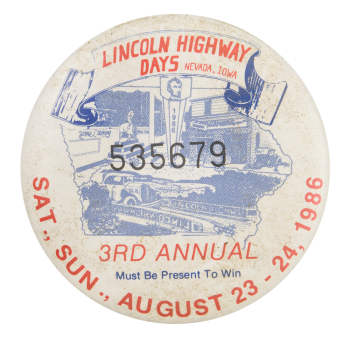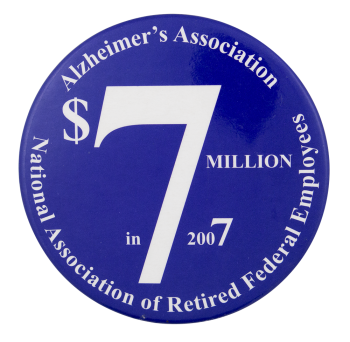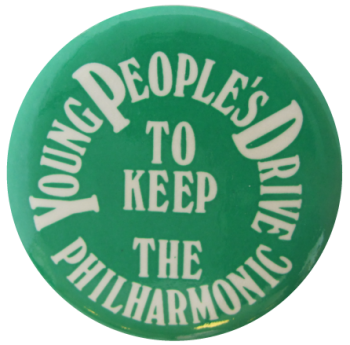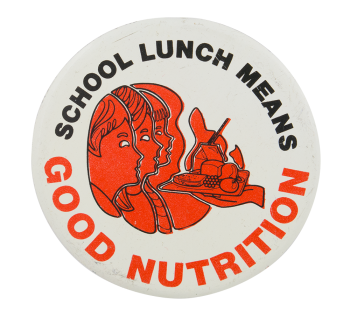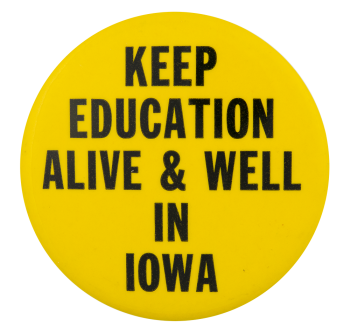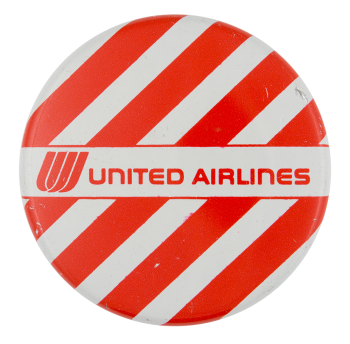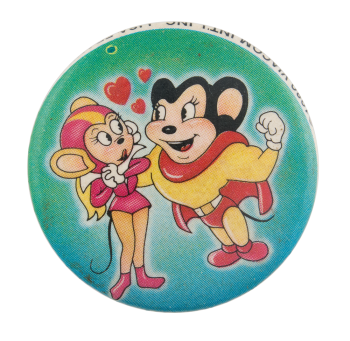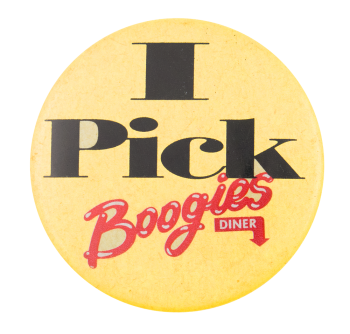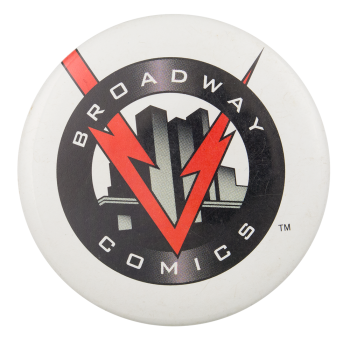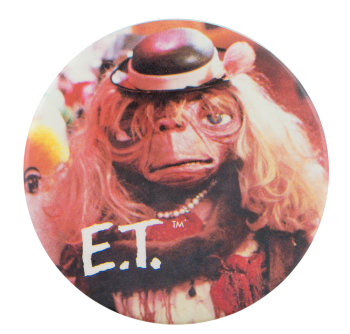Lincoln Highway Days
| Category | |
|---|---|
| Additional Images | |
| Sub Categories | |
| Text on Button | LINCOLN HIGHWAY DAYS NEVADA, IOWA 535679 3RD ANNUAL Must Be Present To Win SAT., SUN., AUGUST 23 - 24, 1986 |
| Image Description | Blue and white illustration of car driving on the Lincoln Highway with surrounding country side. Additionally an illustration of Abraham Lincoln's bust set in the background surrounded by a banner and building marquee. Red text and blue text on white background. |
| Back Style | |
| The Shape | |
| The Size | |
| Year / Decade Made | |
| Additional Information | The first Lincoln Highway Day was held in October 1983, in conjunction with the celebration of the finished railroad overpass west of Nevada, Iowa. The overpass spanned the new connecting lines between the east-west and north-south railroads. The Lincoln Highway Day celebration continues to be a Nevada town tradition. |
| Catalog ID | EV0072 |

